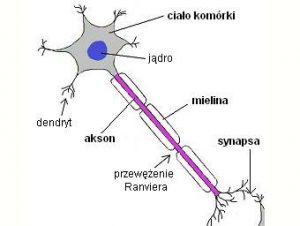When the blind man regains the sight…


It seems obvious to us that when we look at an object, e.g. a cup or a chair, we can recognize what it is. We are also able to determine whether we have seen a given thing before or not. For people who were blind from birth or lost their sight very early and regained it after many years, it is not such an easy task.
Our brain is designed to perceive the world from birth. Immediately after birth, the optic nerve, whose role is to transmit signals from the retina to the brain, connects to the thalamus, and from there signals are transmitted to areas in the cerebral cortex responsible for processing visual information. This innervation is built into our brain, but it needs stimuli to learn to actually process what we see. It also needs them to form visual memory. Thanks to this, we can not only recognize what we see, but also remember whether we have recently seen a given object.
What if the brain does not receive the right stimuli in early childhood, but only in the teenage years? Will it be able to learn to recognize objects and form a visual memory?
These questions are answered by a recently published study by Priti Gupta and colleagues.
Indian scientists conducted a study in people with congenital cataracts (lost their sight before the age of 1), who underwent eye surgery at an average of 13 years old. They took a visual memory test in which they were shown 10, 20, 40 or 80 pictures and then some of these pictures were mixed with other pictures. The task was to indicate whether a given picture had already been shown before. The pictures depicted real objects or abstract patterns. The test was carried out before the surgeries, immediately after the surgeries on each eye (surgeriess were one week apart), then one month later, 6 months and 12 months after the surgery.
Immediately after the surgeries, the test results were very poor. Only slightly better than the results before surgery, when the children saw only a little light. However, after just one month, it was clear that the children were significantly better at recognizing and remembering both real objects and abstract patterns. After a year, their visual memory was at the same level as people who had normal vision from birth.
This shows that the brain takes time to form a visual memory, but thanks to its plasticity, it is able to do this later in life if it did not have the opportunity in early childhood.
References
Art Markman, What Happens When Blind People Get Vision Correction?
Author: Maja Kochanowska






Comments
I love your research about the brain
Add comment